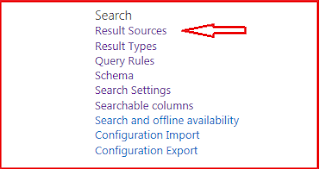Types of Crawl in SharePoint Search 2013
In SharePoint search the most of time people annoying that actual content and search content not in Sync. So the search administrator keeps hitting head on the wall and putting same excuse in front of stakeholders “please wait for the next incremental crawl, most of the time :)”. As we know we already have two content crawling methods first is “ Full Crawl ” and second is “ Incremental crawl ”. Disadvantage of the “ Full Crawl ” and “ Incremental Crawl” as both can’t run in a parallel i.e. the content change during the crawl, it required next incremental crawl. So what is new in continues crawl? The content source that using continues crawl that run in parallel . The default waiting time is 15 min. So the default wait time can change via PowerShell , no UI for that. Now the content is up to date most of the time. This crawler only for SharePoint content source, so the job of the SharePoint administrator need to identify those content which are keep updating on the regular ...








